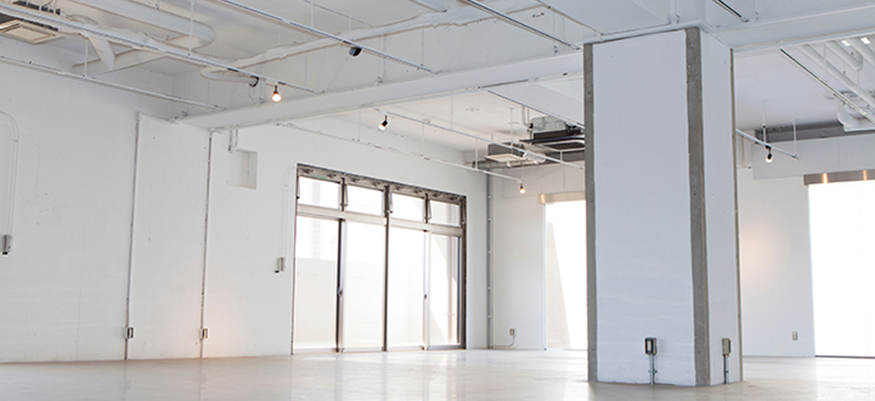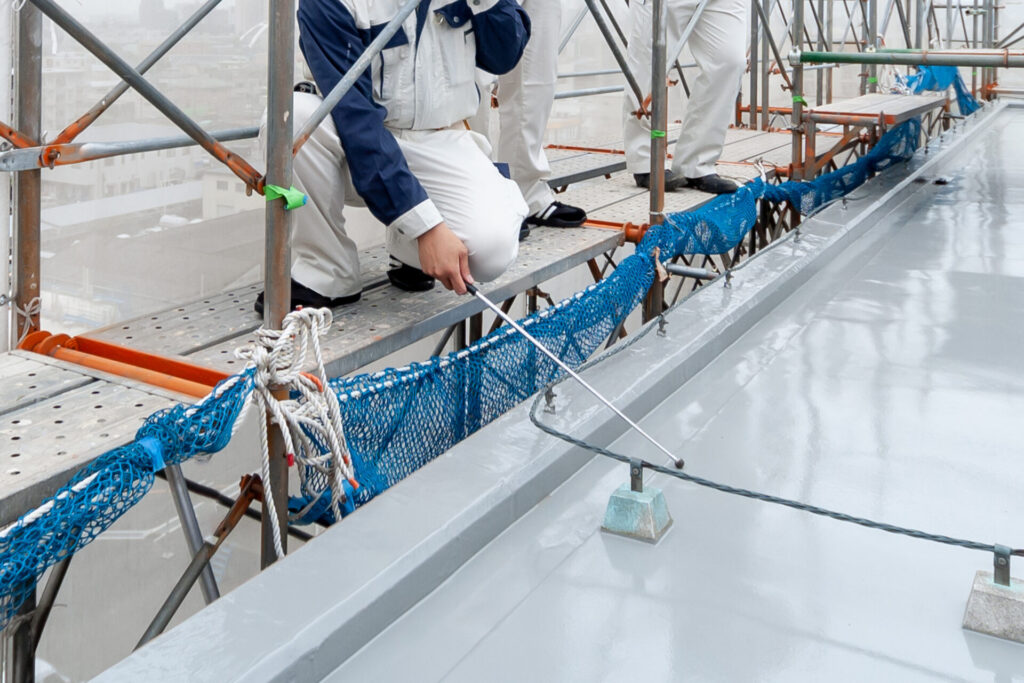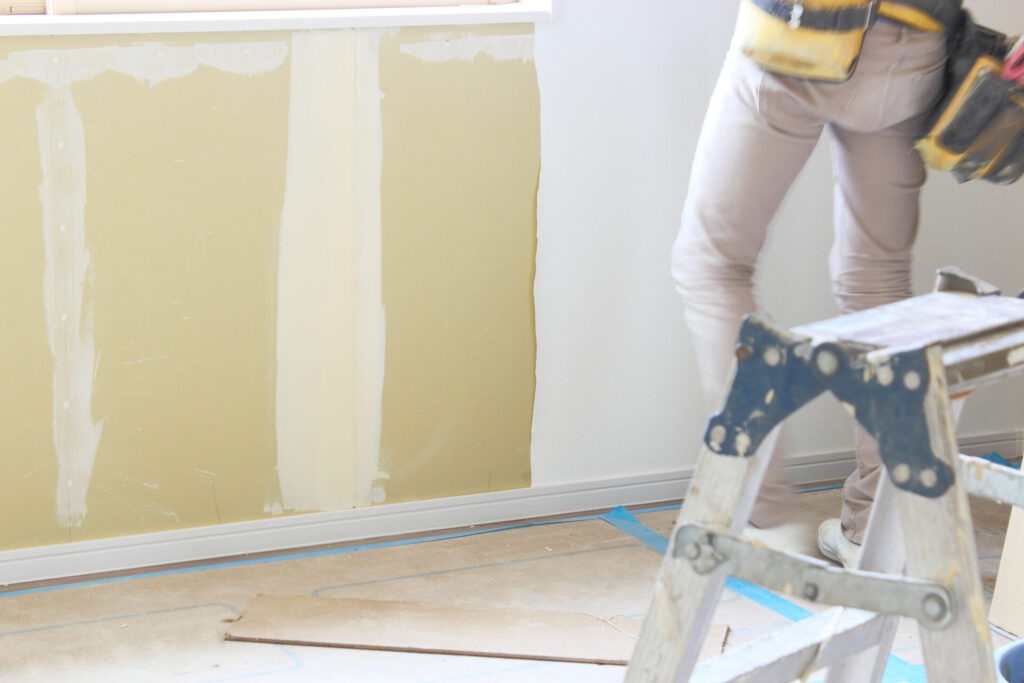建設・リフォーム用語の基礎知識!A・B・Cの工事区分とは?

今回は、商業ビルやオフィスビルを工事する際にポイントとなる「A工事」「B工事」「C工事」という「工事区分」について解説します。工事関係者のみならず、現在、オフィスの移転を考えている方や新たな店舗出店を検討している方も、ぜひご注目ください。
工事区分とは?まずは表で確認
工事区分とは、商業ビルやオフィスビルの工事を行う際、
- 業者の選定
- 費用の負担
をそれぞれ誰が行うのかを示したものです。
以下の表の通り、3つに分けられます。
工事区分表
| 工事区分 | 業者選定 | 発注 | 費用負担 |
|---|---|---|---|
| A工事 | オーナー | オーナー | オーナー |
| B工事 | オーナー | テナント | テナント |
| C工事 | テナント | テナント | テナント |
多くの場合、オーナーが事前にそれぞれの工事の区分を決めており「この工事の費用はどちらが負担するのか?」といったことで、揉めないようにしています。
共用部分や建物の構造に関わる「A工事」
A工事とは、オーナーが業者を選定し、費用を負担するものを指します。一般に、建物の構造自体に関わる工事や共用部分にあるものがここに当たります。
A工事の例
ビルの外装・外壁、エレベーター、共用トイレ、階段、共用廊下部分の工事など

専有部分でも全体の安全に関わる「B工事」
B工事とは、オーナーが業者を選定し、費用はテナントが負担するものを指します。
専有部分の設備で、建物の構造や電気、水回りなど全体に影響の出る工事を含むのが一般的です。テナントが価格優先で業者を選定した場合、建物全体の安全に関わるため、オーナーが業者を選ぶことになっています。
オーナーは安全性を優先するため、テナントが自分で業者を選ぶよりも割高になる可能性もあり、中にはトラブルに発展することもあります。気がかりなことがあれば、テナントも金額に納得しているのかなど事前に確認しておくのがおすすめです。

B工事の例
空調設備、給排水設備、分電盤、ガス・電気設備の追加・変更、消防設備の移設・交換など
※いずれも専有部分
専有部分で内装など建物の構造には関わらない「C工事」
C工事とは、テナントが業者を選定し、費用も負担するものを指します。ビルの構造には関わらない専有部分の内装工事などがこれに当たります。多くの場合、設置したものはテナントが退去時に持ち出せますが、原状復帰を求められることも多いです。
C工事の例
壁紙やカーペットの交換などの内装工事、照明器具の交換、インターネットや電話の配線変更など

以上、工事区分の説明でした。
当社ではこれら建築における各工事での作業にご使用いただける機材をラインナップしております。ぜひ一度、取扱機材ページもご覧ください。
※掲載写真はイメージです。
※記事内容はすべて日本でのケースです。